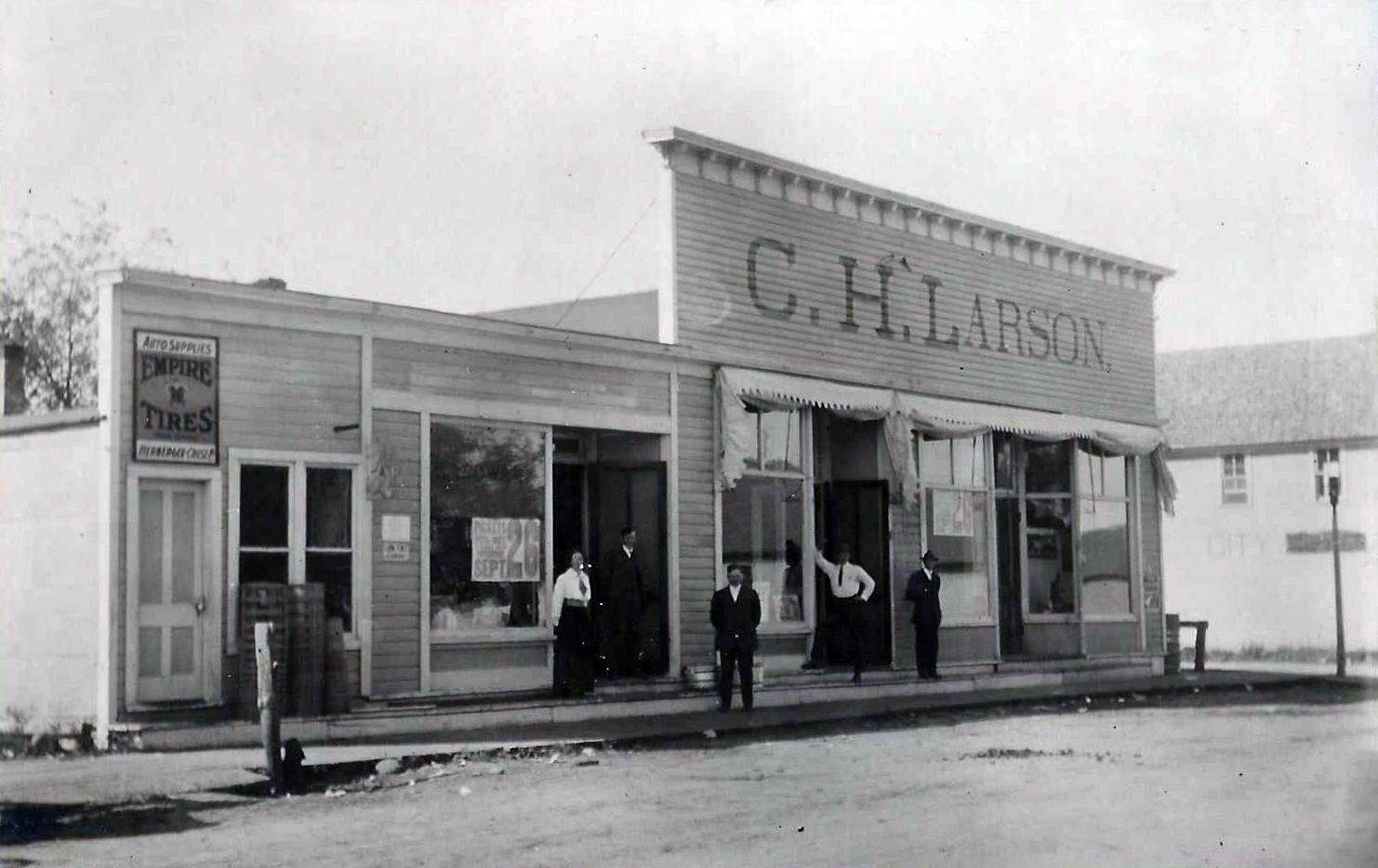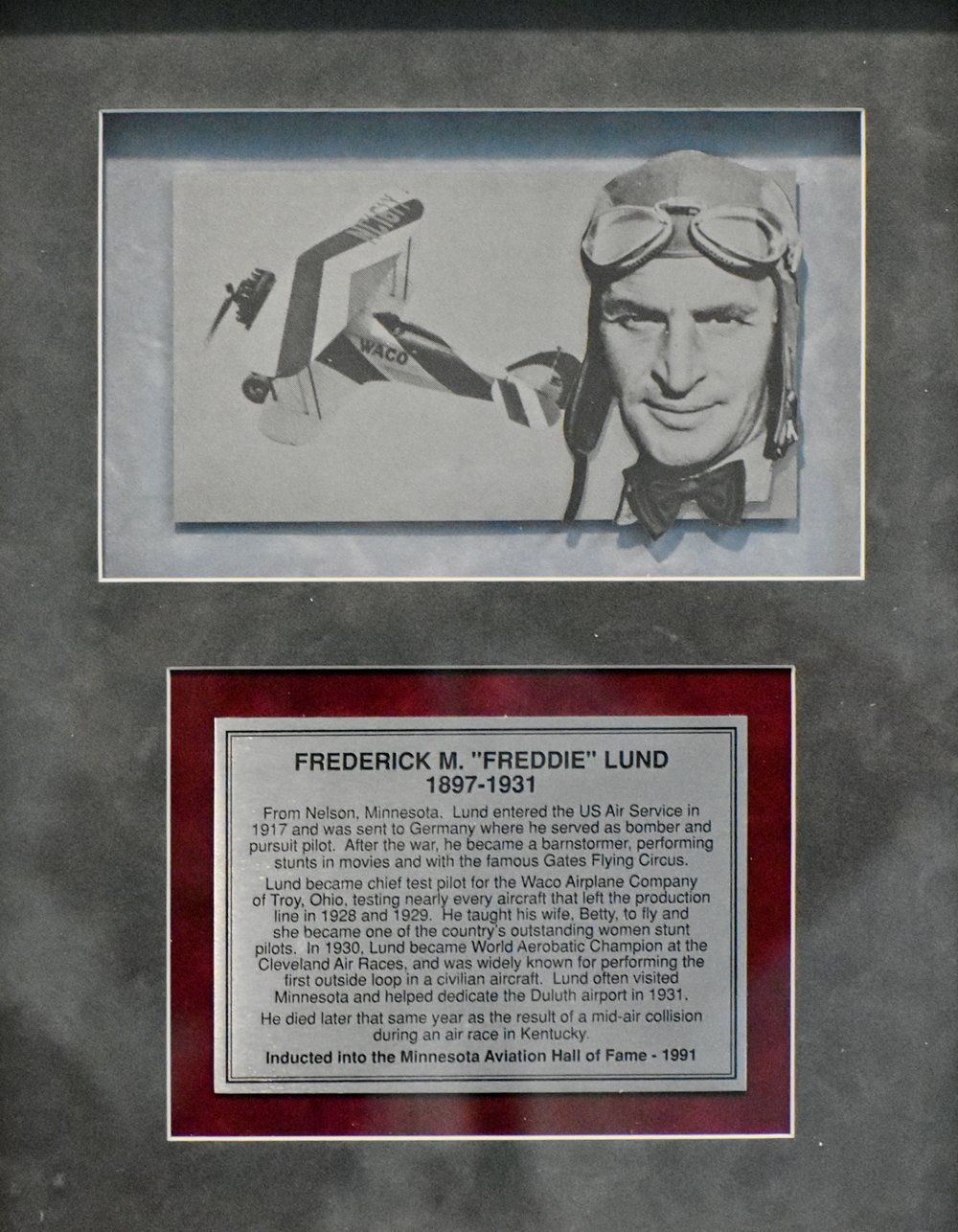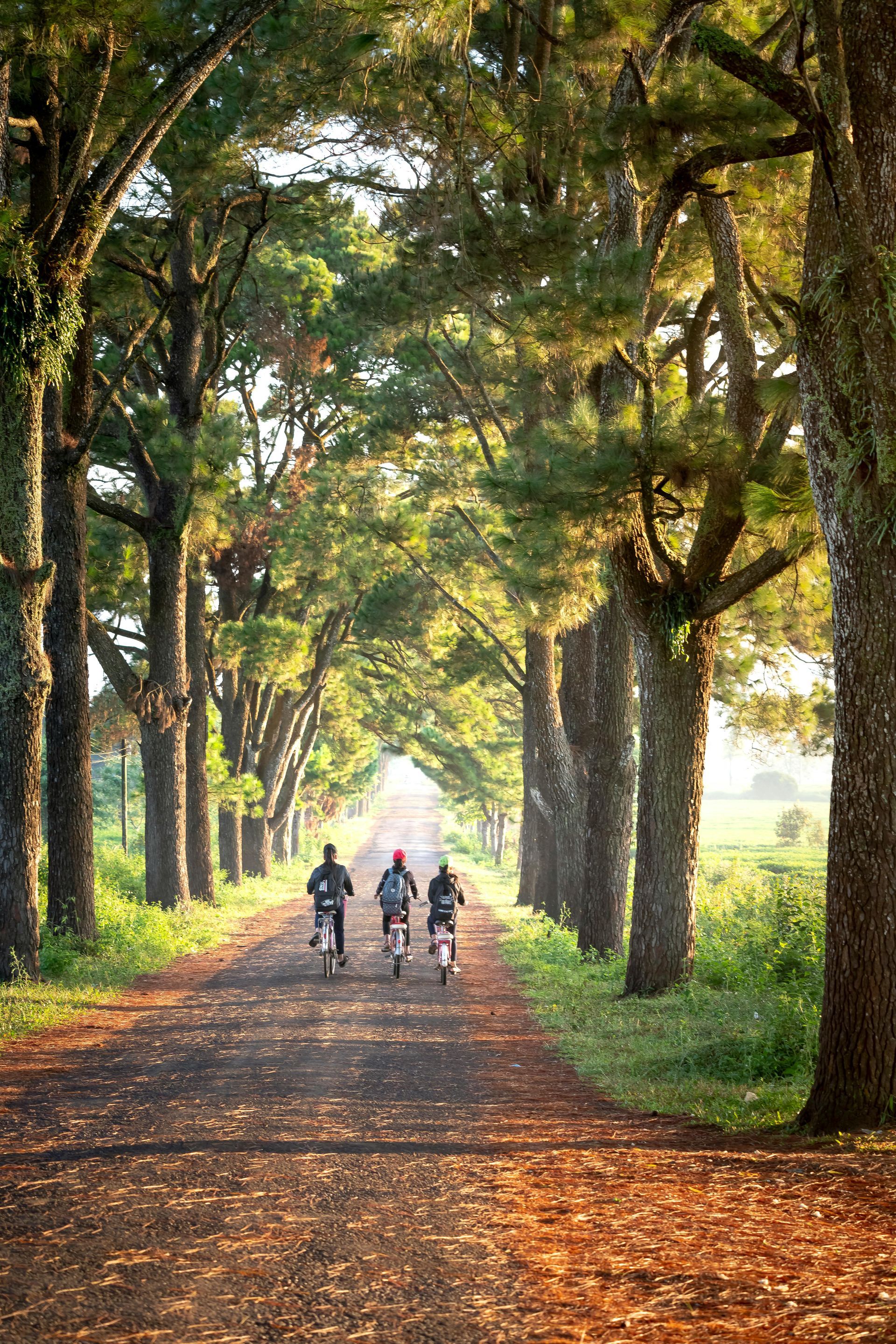ABOUT Nelson, MN
With a rich history, small town atmosphere, ideal natural resources, and a popular regional bike path Nelson is Hometown at Heart.
History
The local post office and village were first called Dent for Richard Dent, an early settler. The town began around 1875, and the post office in 1880, but both entities changed their name in 1881 to Nelson to honor Senator Knute Nelson.
He was a noted politician who served as the 12th Governor of Minnesota from January 1893 to January 1895 and, more famously, as a U.S. Senator from Minnesota between March 1895 and April 1923. His namesake community flourished throughout his tenure as a Congressman. With the help of the Great Northern Railroad, Nelson could claim its place as a grain shipping point.
In the 1910s, it had two elevators, a depot, a section house, and a carhouse used to store and service railway cars located on its tracks. The post office, a hotel, a general store, a church, a Norwegian church, and the Nelson Creamery were other noted places in town at that time.
Since its first Census in 1910 and its most recent in 2020, Nelson has had a low population of 147 people in the 1930s and a high of 209 in the 1980s. Frederick M. “Freddie” Lund, a stunt flyer, the 1930 World Aerobatic Champion, and a Minnesota Aviation Hall of Fame member grew up attending school in Nelson.
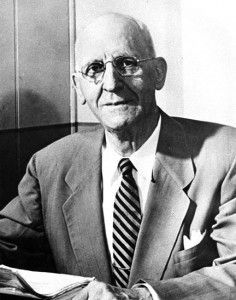
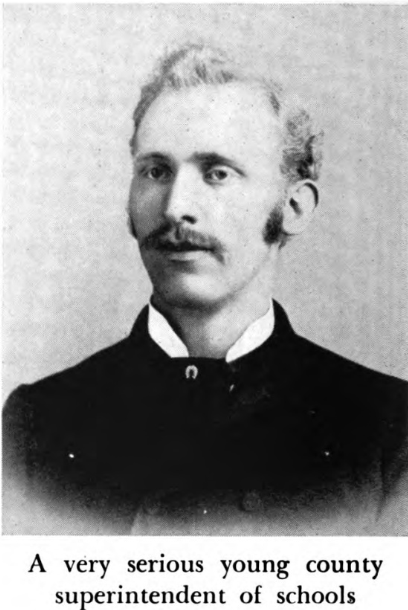
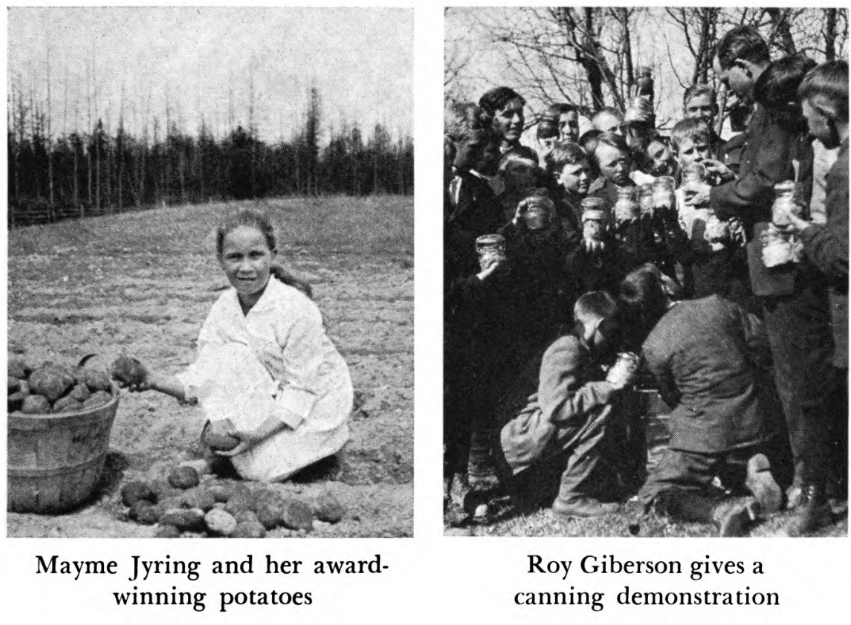
The Birthplace of Minnesota 4-H

Nestled in the heart of Douglas County, the town of Nelson, Minnesota, holds a distinguished place in the annals of American agricultural education. It was here, in 1902, that Theodore August "T.A." Erickson—a dedicated educator and the son of Swedish immigrants—organized what is believed to be Minnesota's first school fair at the Nelson School. Students showcased their homegrown produce and handmade items, laying the groundwork for a movement that would evolve into the 4-H program.
Erickson's innovative approach to education emphasized experiential learning, connecting classroom lessons with real-world agricultural practices. In 1904, he initiated Minnesota's first "Corn Club" by distributing hybrid corn seeds to students who committed, through written essays, to cultivating the seeds and presenting their best ears at the school fair. This initiative not only sparked interest in modern farming techniques but also fostered a sense of community and healthy competition among rural youth.
As the superintendent of Douglas County schools, Erickson expanded these educational programs, introducing contests in potato growing, poultry raising, and canning. His efforts culminated in the establishment of countywide competitions, bringing together students from various rural schools and further solidifying the foundation of what would become the 4-H movement.
By 1914, with the passage of the Smith-Lever Act, 4-H was officially recognized as part of the Cooperative Extension Service. Erickson was appointed as Minnesota's first state leader of boys' and girls' club work, a role in which he continued to champion youth development and agricultural education.
Today, Nelson's legacy as the birthplace of Minnesota 4-H is a testament to the town's enduring commitment to education, community, and innovation. The seeds planted by T.A. Erickson over a century ago continue to flourish, inspiring generations of young people to engage with agriculture, develop leadership skills, and contribute meaningfully to their communities.
Sources:
(Senior Perspective, minnesotaalumni.org, en.wikipedia.org, 4-H History Preservation News,
The Modern 4-Her, Senior Perspective, Senior Perspective, Alexandria Echo Press)

The Great Outdoors
Take advantage of what Nelson does best, the natural resources. Surrounded by beautiful rural landscapes and wildlife are ideal for hunting, fishing, and taking in the sights of small town Minnesota.


